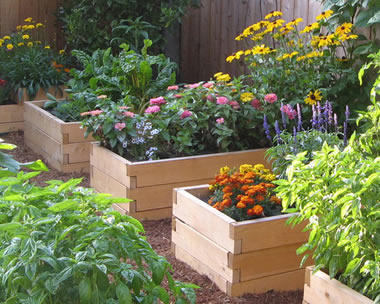 Of all the favorite spring blooms, nothing is so wonderful as peonies bursting into color from the beautiful perfectly round buds amidst the lacy leaves. Last spring while dog sitting for the Idaho kids, their driveway was lined with peonies and they showed off for me, laden with blossoms that sent their fragrance all the way up to the house. I could not resist bringing a bouquet into the house and then getting out my paints. One thing always leads to another!
Of all the favorite spring blooms, nothing is so wonderful as peonies bursting into color from the beautiful perfectly round buds amidst the lacy leaves. Last spring while dog sitting for the Idaho kids, their driveway was lined with peonies and they showed off for me, laden with blossoms that sent their fragrance all the way up to the house. I could not resist bringing a bouquet into the house and then getting out my paints. One thing always leads to another!
Peonies are perennial favorites in the flower garden. Few herbaceous plants can rival them for floral display and foliage. Their exquisite, large blossoms, often fragrant, make excellent cut flowers and the foliage provides a background for annuals or other perennials. Two types of peonies are generally grown in the home landscape, Paeonia spp. hybrids (garden peony) and Paeonia suffruticosa (tree peony).
Peonies grow from two to four feet in height. Support is often required for tall, double hybrids. Peonies thrive in sunny locations and well-drained soils, tolerating a wide range of soil types. Best growth is in soil with a pH range of 6.5 to 7.5, deep and rich in organic matter. They are hardy from zone 8 to zone 2, with some exceptions.
Planting, transplanting and dividing peonies are best done in early fall but may be done in spring as soon as soils are workable. Each plant requires an area about three feet in diameter. Dig a generous hole, large enough to accommodate the roots and incorporate aged organic matter in the bottom. Place the peony in the prepared hole so that the eyes (small, red-colored buds) are one to two inches below the soil's surface. Backfill and water well.
Peonies may be left undisturbed for many years. A decline in flower production usually indicates overcrowding and the need for division. Carefully lift the clump and wash away the soil to expose the eyes. Using a clean, sharp tool, divide the clump into sections, each with three to five eyes and good roots. Replant immediately.
SPRING CARE: Start cultivation early. Feed Fertilizer soon after growth starts, using 1 rounded tablespoonful around each plant and cultivating it into the soil. The feeding is important since the peony plant makes a very rapid early growth and needs this complete feeding to produce foliage and blooms. For larger blooms, disbud the smaller buds on the plant, allowing only the terminal bud to develop. For quantity of flowers and a longer flowering season, leave some of the lateral buds. From white, creamy pink, raspberry to deep maroon, peonies come in many colors.




![[Digging Out Seedlings]](http://www.richters.com/OnlineSeminars/seeding/pricking.jpg)
















 Enchantment, Asiatic Lilly
Enchantment, Asiatic Lilly